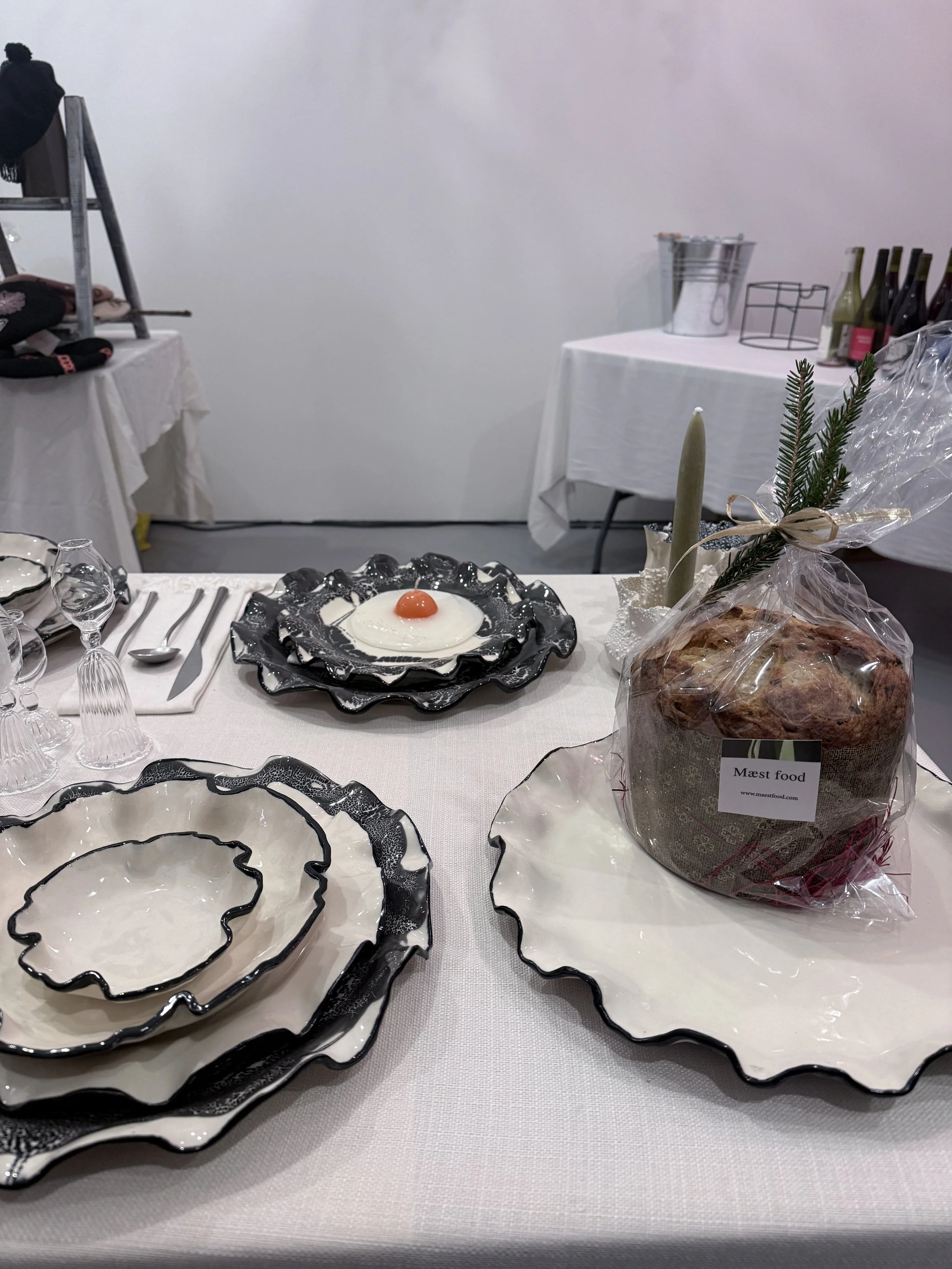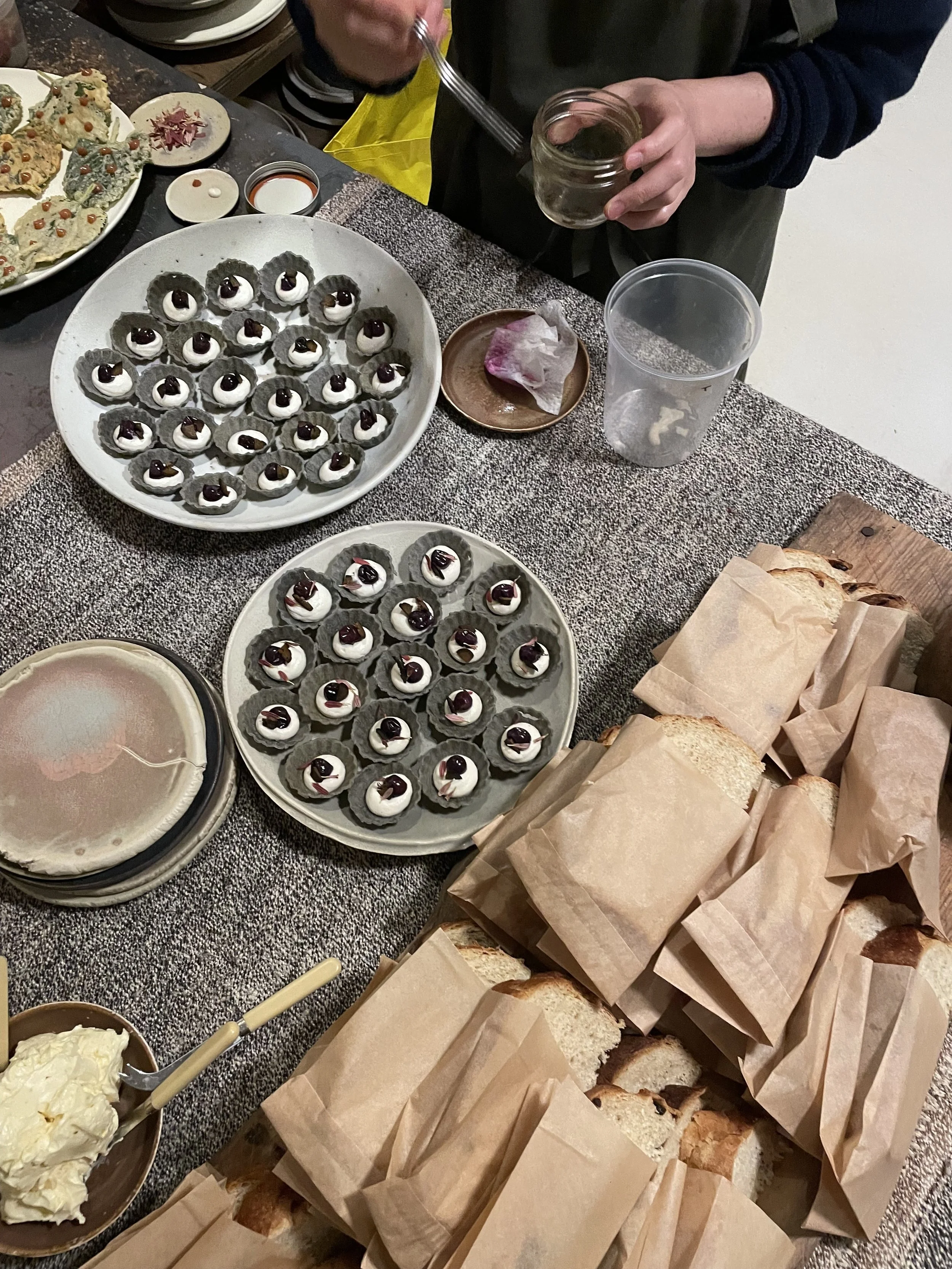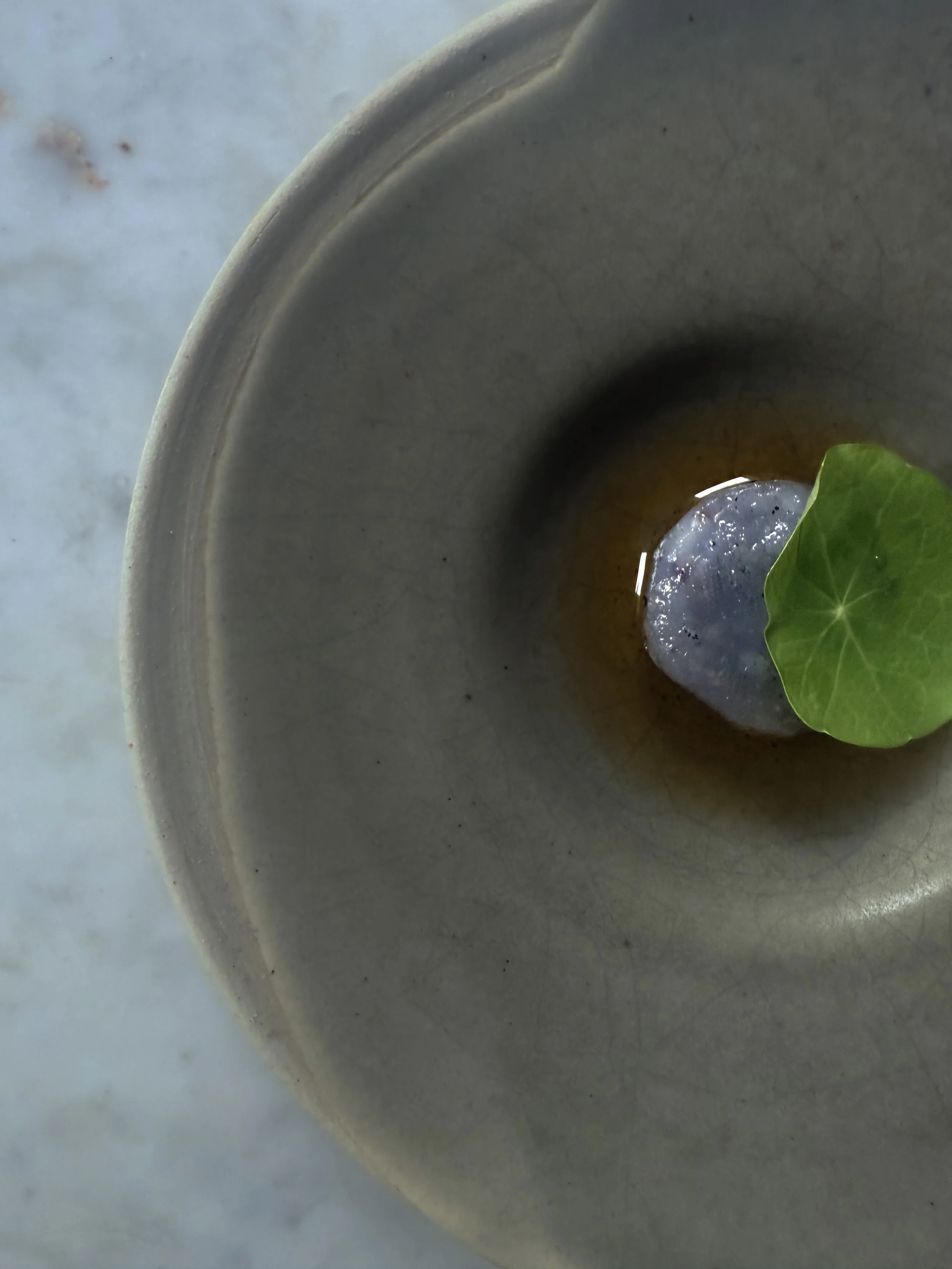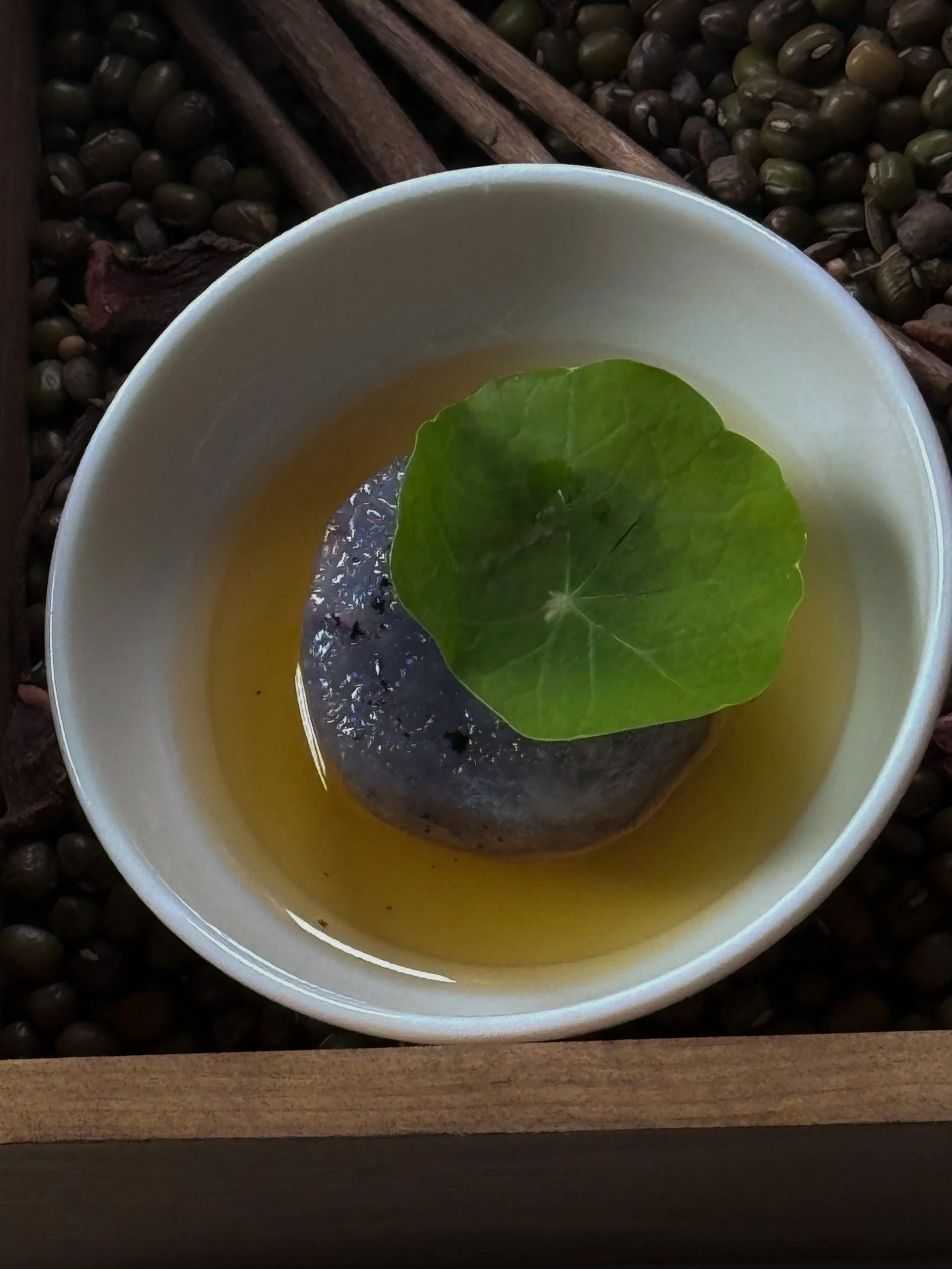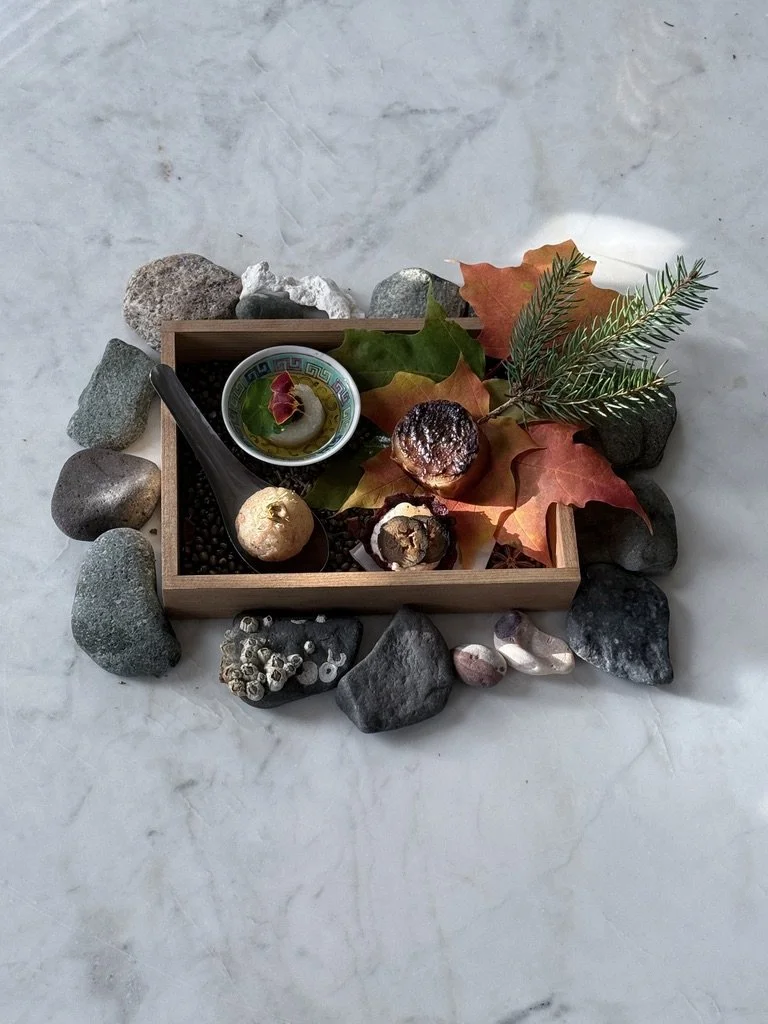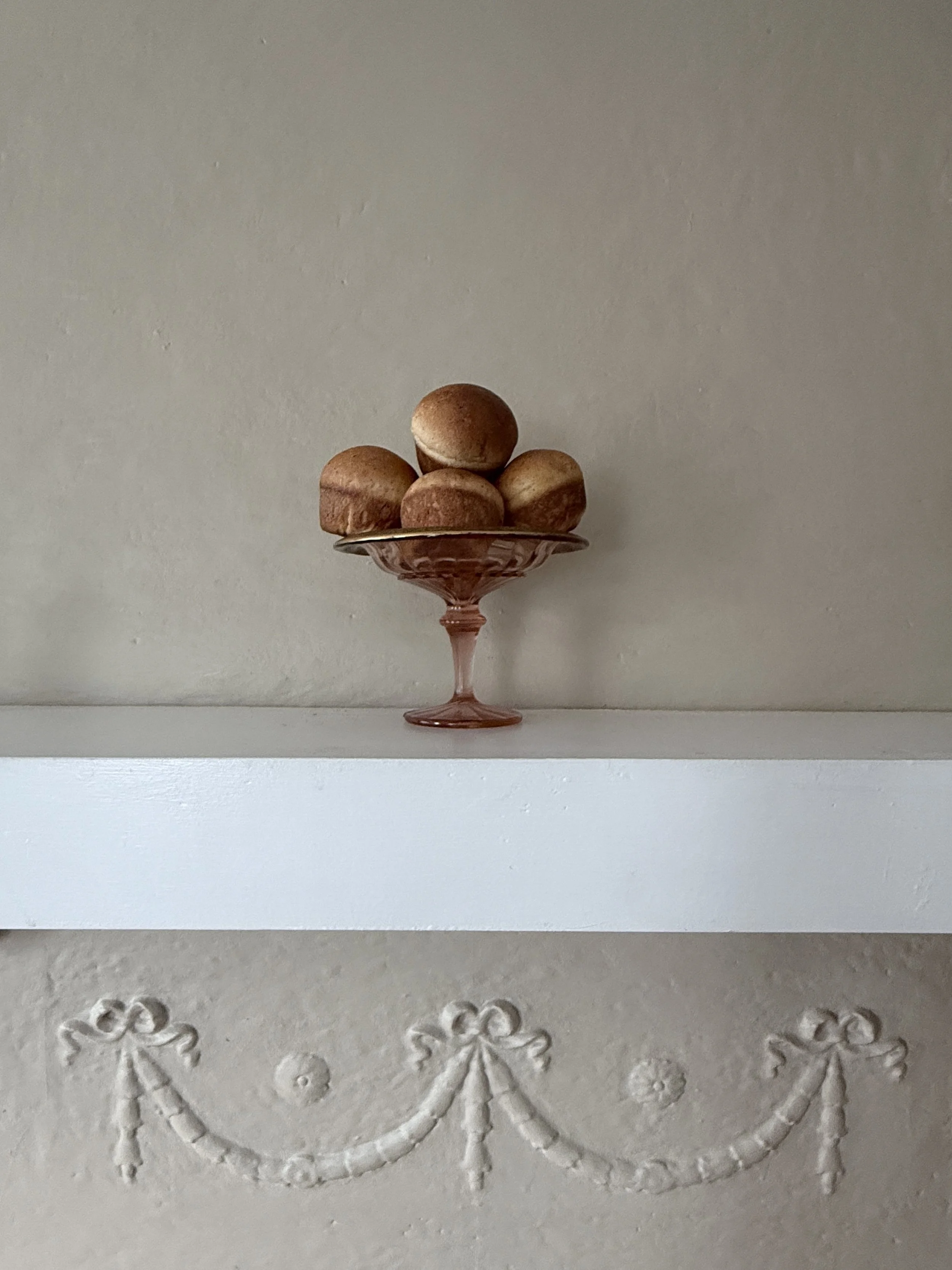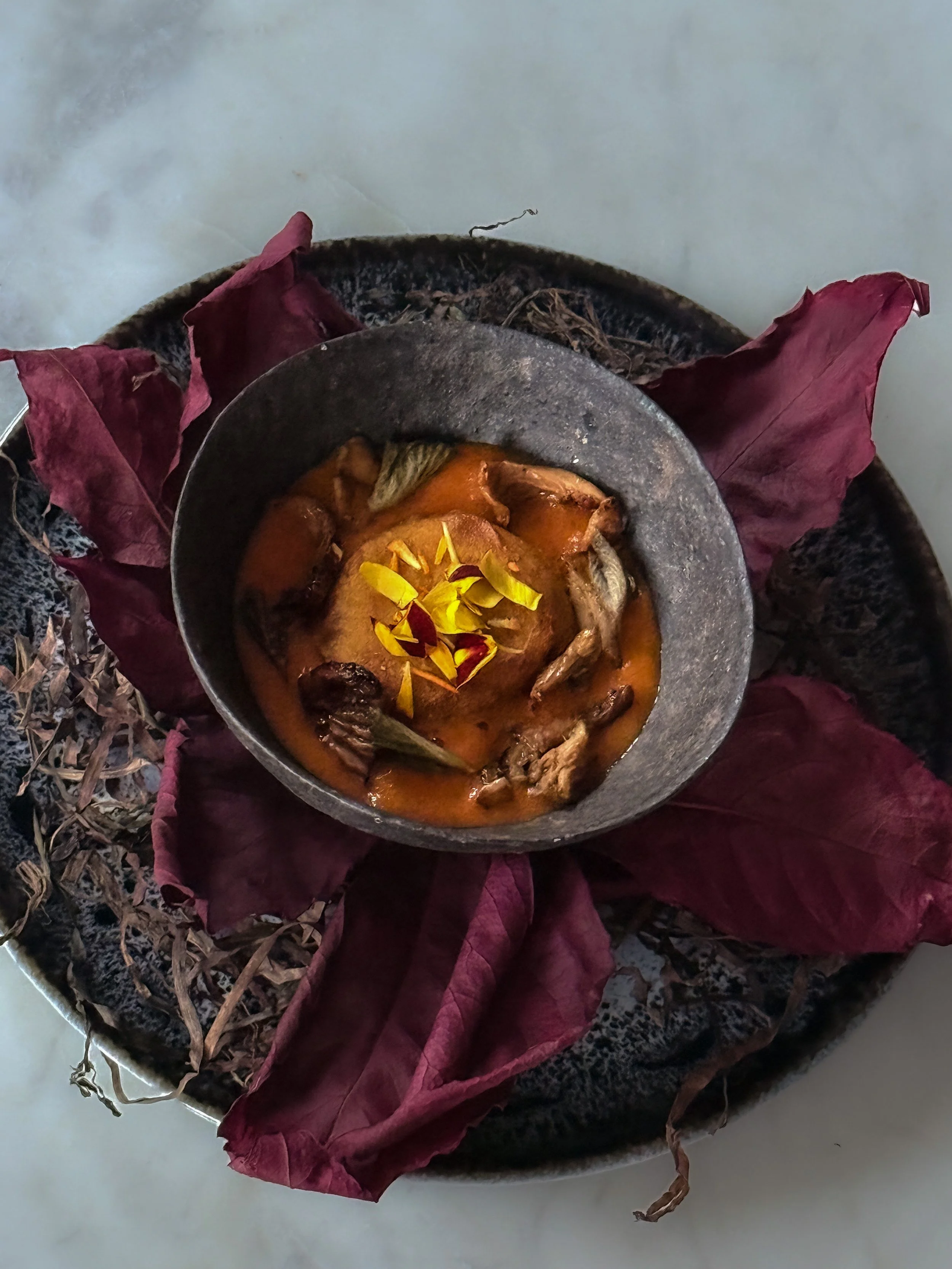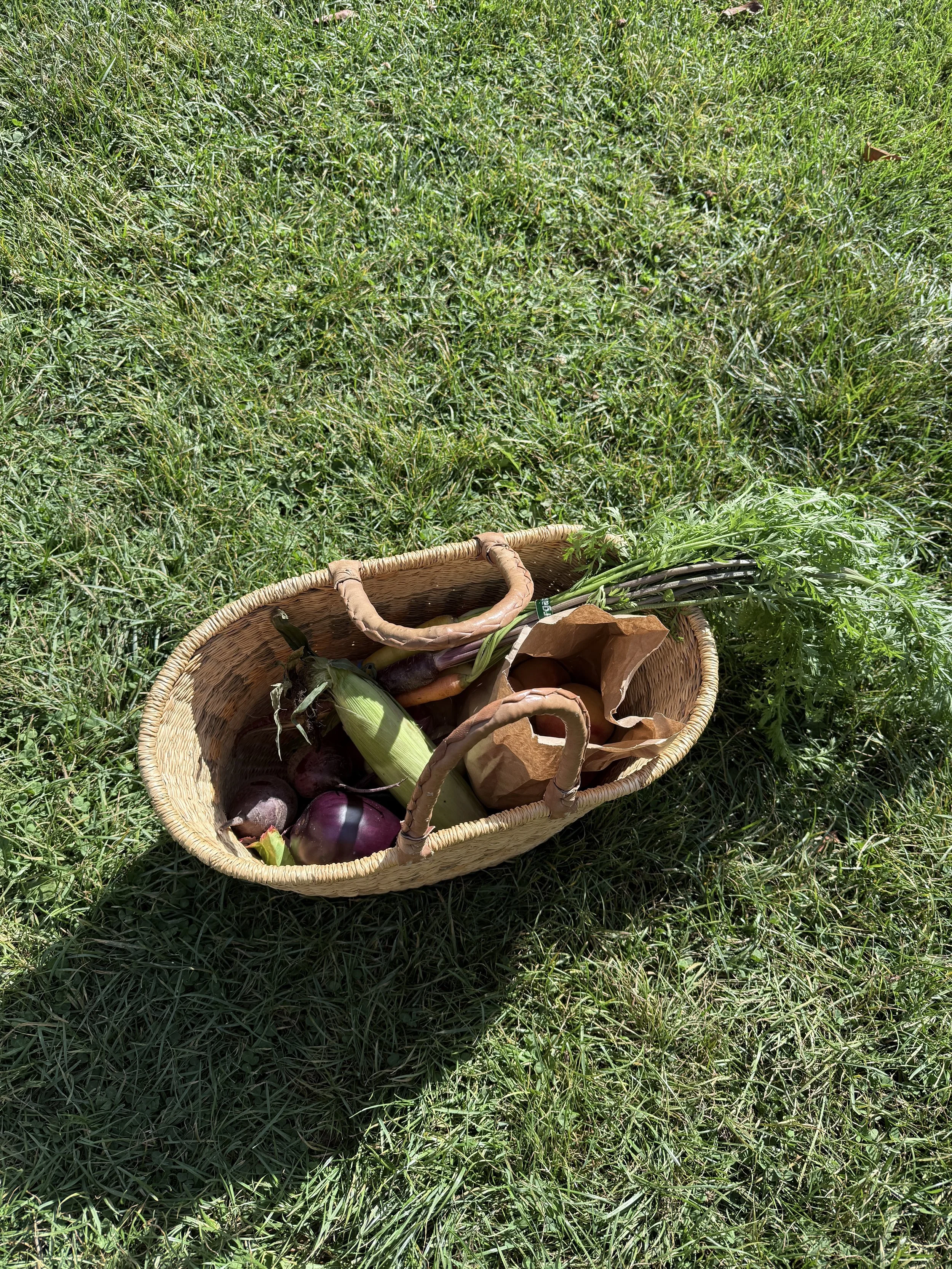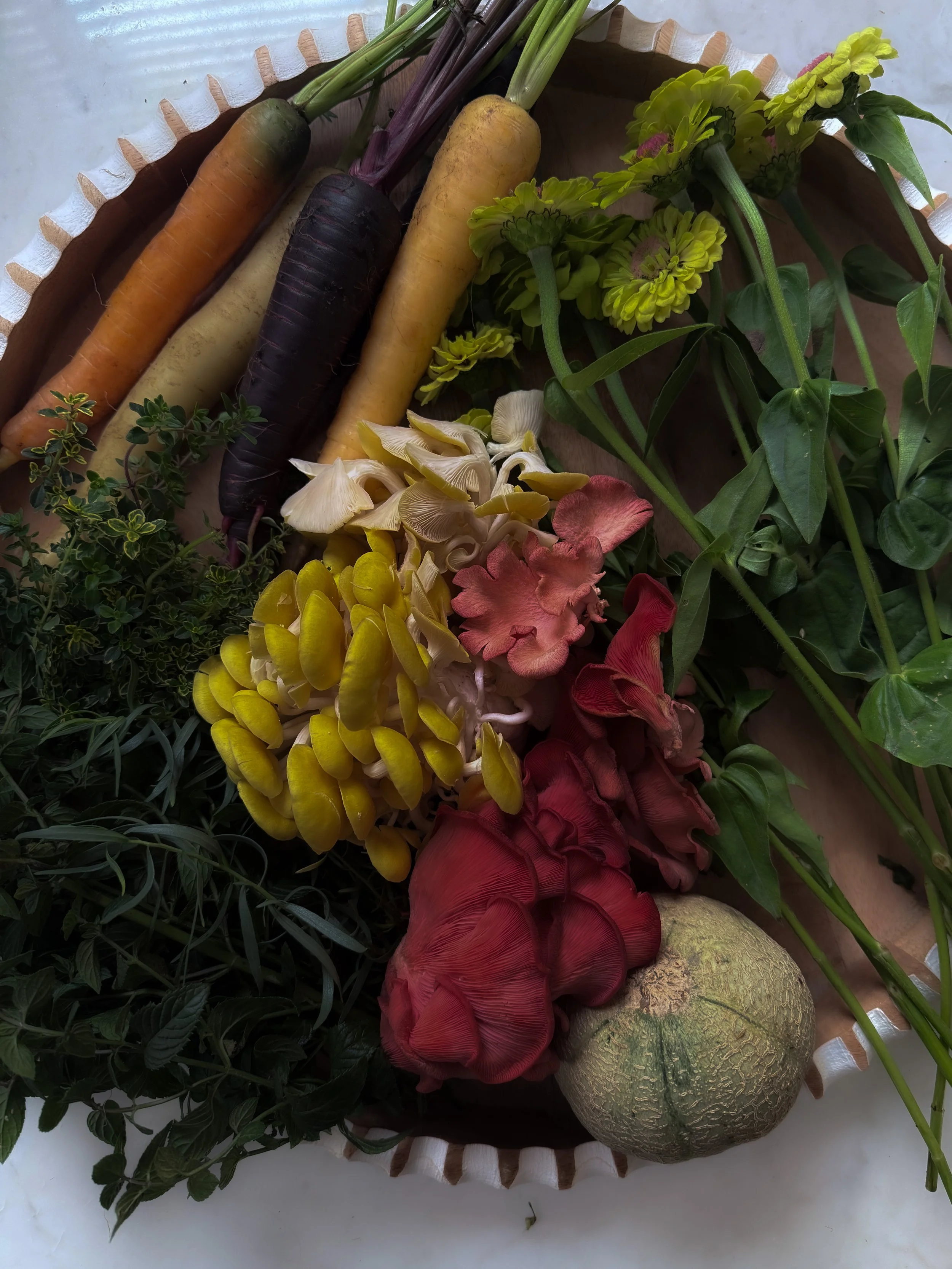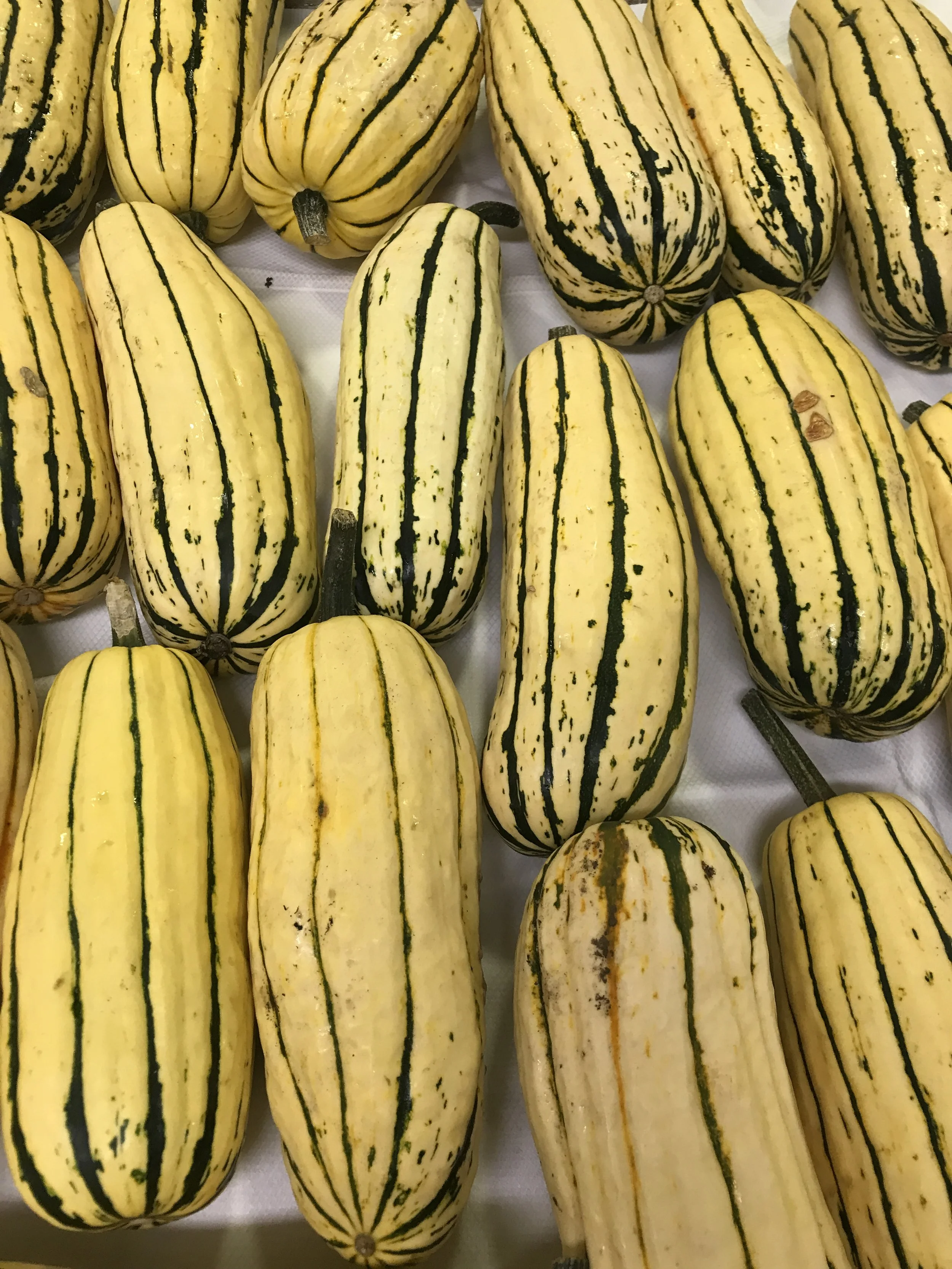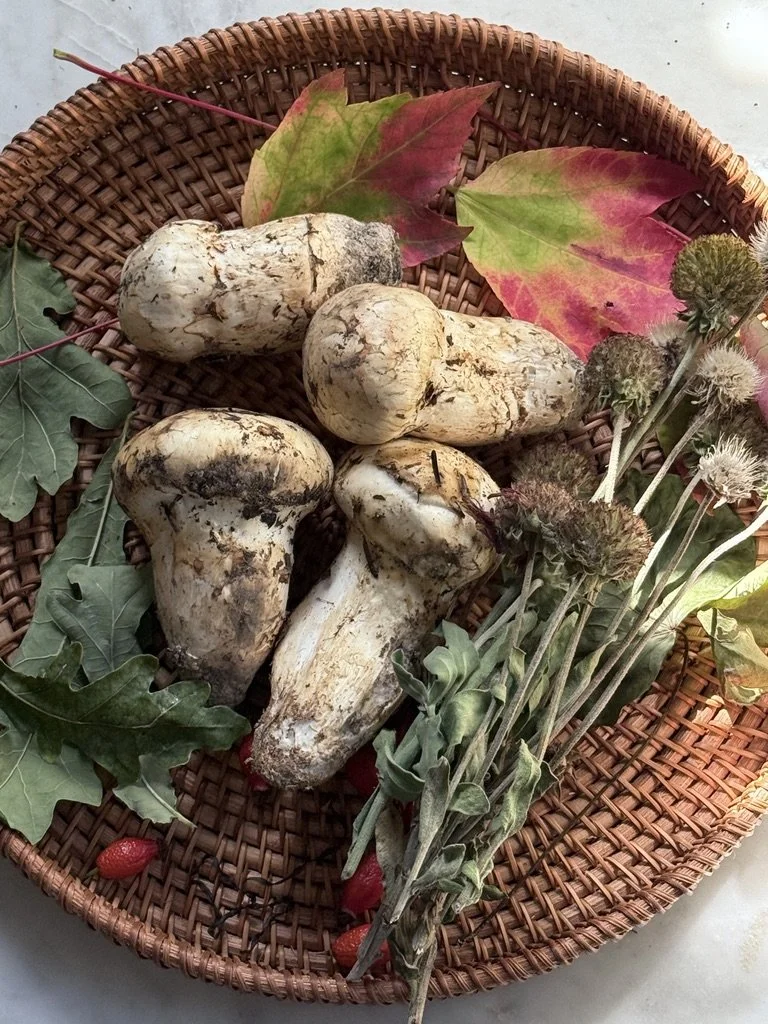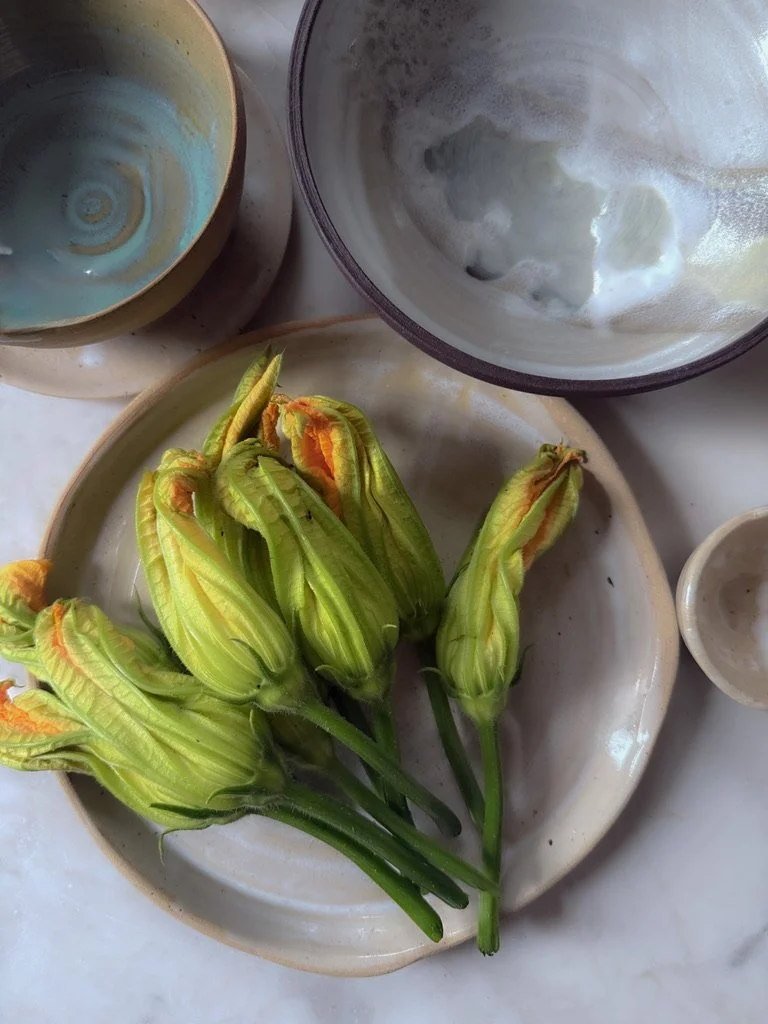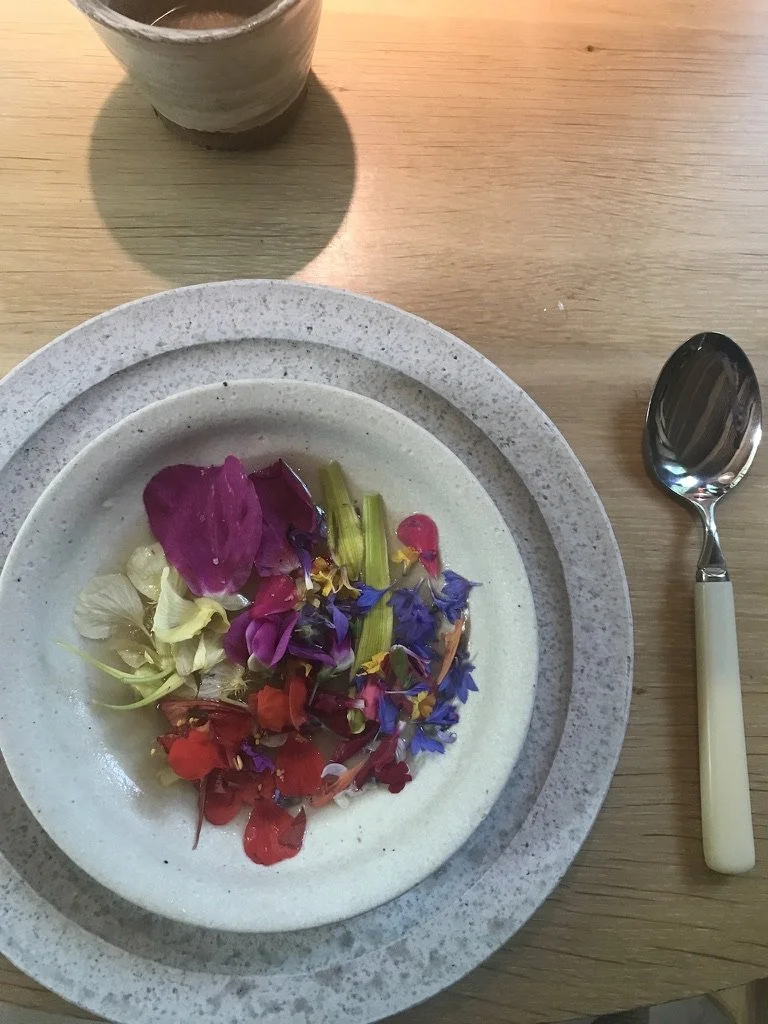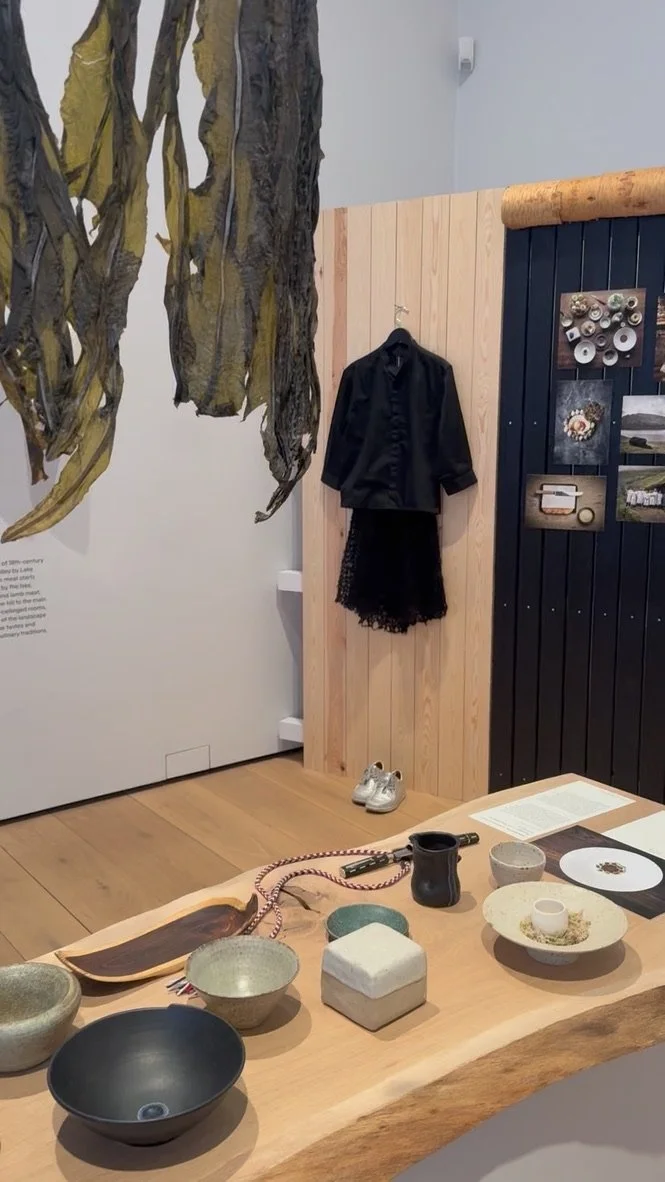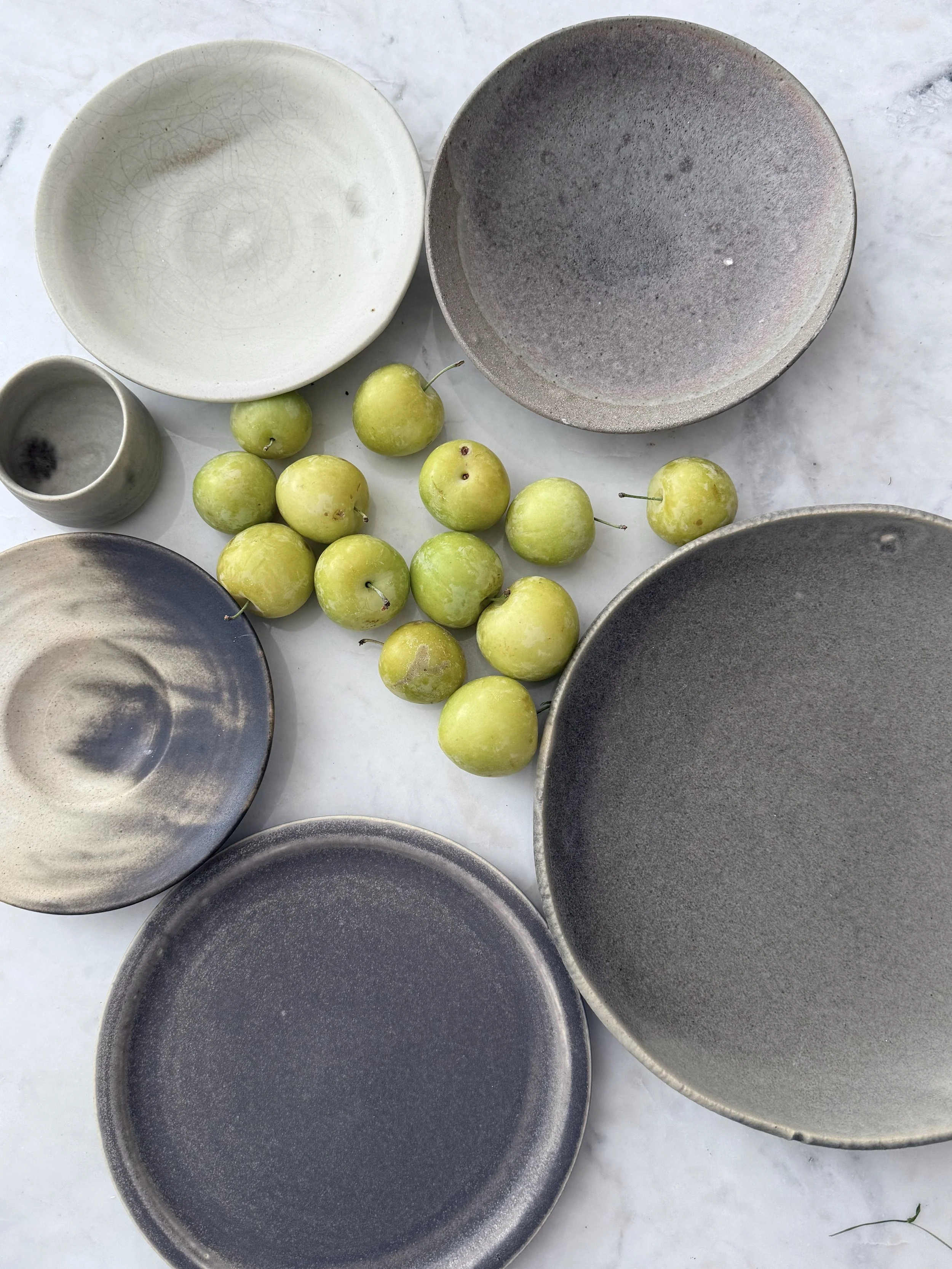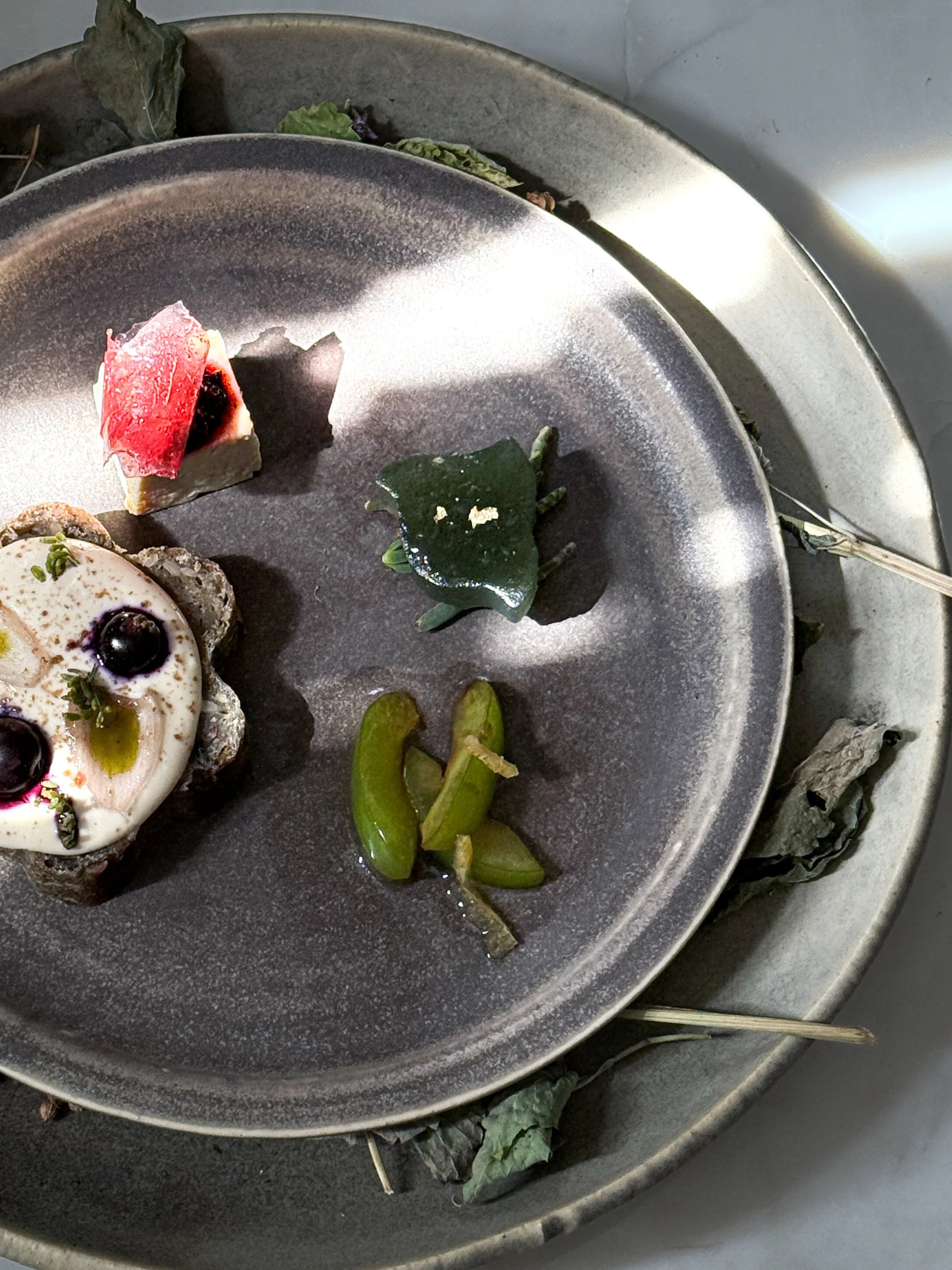Christmas is over, moving towards new year’s plans
The post-Christmas fever has settled.
Right before the holidays, I was invited for a catering for a business. After that, I joined a small, stylish curated Christmas market for three days. That was followed by panettone production right up until Christmas Eve.
It was an intense few weeks.
Now, I’m turning my attention to next year’s Secret Dinner and upcoming projects.
I hope to see some of you in the new year, stay tuned.
In the meantime,
If you’re planning a New Year gathering and need catering,
details are available via this link.
Menus can be fit to your desired style and budget.
Also our Snack Subscription is available.
Chef-minded snacks built around seasonality, fermentation, and expressive flavours. Designed to enjoy on their own or alongside drinks.
What’s inside
Each box includes over $50 worth of small-batch items:
Seasonal mushroom cookies (10 pieces)
Fermentation-inspired crackers (10 pieces)
Local, seasonal Japanese kohakutō candies (10 pieces)
Occasional special local farm or wild-blend tea
Jam or preserve sampler using local farmed or wild ingredients
All items are plant-based and produced in limited quantities.
Schedule
Five boxes per year:
February / April / June / August / October
Order via the link.Schedule
You will receive five boxes across the year:
February / April / June / August / October
Order from here
What is Moromi?
Moromi-what is?
As someone from Japan, I never expected to research moromi, it has always been a familiar part of daily life, something simply known and enjoyed. Yet, like miso or soy sauce, once you begin to look deeper, it reveals a fascinating world of process, transformation, and complexity.
1. Moromi as a Fermentation Stage
“Moromi” can refer to the state of fermentation that food reaches when raw ingredients—such as soybeans, barley, or rice—begin to soften and transform.
At this stage, the koji enzymes are actively breaking down proteins and starches into amino acids and sugars, creating a thick, semi-solid mash.
You’ll see this stage in the making of miso, soy sauce, and sake. When a mixture reaches moromi, it means it’s alive and fermenting—rich in aroma and texture, full of microbial activity.
2. Moromi as a Finished Product
“Moromi” can also mean a type of chunky, partially fermented seasoning made from barley, soybeans, or rice koji mixed with saltwater and aged.
Unlike smooth miso, this kind of moromi miso keeps the grains whole, giving it a grainy texture and mild sweetness.
It’s made using a process similar to soy sauce, but instead of being pressed into liquid, it’s enjoyed as-is. Often eaten with fresh vegetables like cucumber (morokyū).
In this form, moromi miso represents the approachable, rustic side of fermentation.Rich, textured, and sweet-savory enough to eat directly.
So I made a moromi using blackened hazelnuts. The result turned out to be a surprisingly complex and intriguing product. I added a few supporting ingredients to deepen the flavour, and it developed notes reminiscent of chocolate and molasses.A rich, slightly sweet, and umami-driven condiment unlike anything else.
Mæst Food explores plant-based cuisine through a slow, research-driven approach—rooted in fermentation, foraging, and seasonal preservation, while engaging with food culture. Each recipe begins with close attention to ingredients and technique, yet is designed to be achievable at home. Cultural context shapes every dish, reflecting years of experience in acclaimed kitchens, including several Michelin-starred restaurants.
Follow us on
Medlar — The Fruit of Time and Mockery
Medlar, I’ve been curious about these fruits for years, yet never tried cooking with them.
Aside from its intense flavor profile, the medlar (Mespilus germanica) has long fascinated both cooks and artists. Commonly depicted in medieval art, the tree is easily recognized for its distinctive fruit — shaped like a gigantic rosehip, with hues ranging from rosy rust to dusty orange-brown.
Its curious appearance has also made it the butt of many jokes throughout history. In medieval Europe, the medlar was often compared to “cat” or “dog arses,” earning it crude nicknames and bawdy associations. Its form, combined with the fact that it is eaten only when “bletted” — that is, overripe and soft — inspired centuries of playful and indecent metaphors.
Even Shakespeare joined in. In Romeo and Juliet, Mercutio quips:
“Now will he sit under a medlar tree,
And wish his mistress were that kind of fruit
As maids call medlars, when they laugh alone.
O Romeo, that she were, O that she were
An open-arse and thou a pop'rin pear!”
Once a staple in old European orchards, the medlar sits at the intersection of humor, decay, and indulgence — a fruit that must first rot to become edible. It takes patience and time to reach that soft, caramelized sweetness. I’ll share my results soon on Instagram. and how to prep on Youtube
Now I am using them as a display, waiting for them to be ripen..
Inspiration : https://www.homeorchardeducationcenter.org/arboretum-blog/medlar-delicious-ancient-amp-rotten
Flavour magic, or brain magic
While I was testing for one of snacks for upcoming event, I made a chili oil using a Western herb, lemon thyme.
When it was finished, the aroma was strikingly familiar.
A few minutes later, it clicked: it smelled just like Sichuan peppercorns.
Perhaps my brain instantly connected the combination of chili and citrus with that distinctive peppercorn fragrance — the one that usually comes with a numbing sensation.
Except this time, there was no numbness.
An interesting discovery, a kind of flavour illusion.
Mæst Food Secret Dinner — SHŌSETSU
November 1st
5 pm & 7:30 pm
Dissect Location · near Kitsilano, Vancouver
SHŌSETSU marks the arrival of winter in the Japanese sekki calendar.
As we move toward colder days, the menu shifts to winter ingredients.Roots vegetables and fermented, preserved elements from past harvests.
A six-course, 10 elements intimate plant-based tasting menu guided by Japanese Seikki calendar.
Japanese sensibility, Nordic restraint, and the flavors of the Pacific Northwest, local farms and foraged ingredients.
Yaki-imo. One of our snacks
Winter memories in Japan with Yaki-imo, when I was a child.
A faint jingle carried through the cold air — ya–ki–imo…
Somewhere down the street, a small truck rolled slowly between houses, smoke drifting from its tiny chimney.
My parents would step outside, exchange a few coins, and come back holding a wrapped potatoes with a few pieces of news paper.
Inside was a single sweet potato, roasted over hot stones for long hours.
The potato almost too hot to touch. When they broke it open, steam poured out, golden and sweet, like sugar and earth and smoky flavour all at once.
Years later, the sound has disappeared. The old yakiimo trucks rarely roam the city anymore.
When I visited Japan last year, I heard the jingle again by chance and followed it.
The seller wasn’t a farmer this time — just a retired man keeping the memory alive. I bought one anyway. When I opened the paper bag, the same golden steam rose, and for a moment, everything felt familiar again.
That memory followed me back to Vancouver.
I tried to recreate that taste with my forest approach. I placed sweet potatoes on a bed of stones and pine, letting them roast for hours. The air filled with that similar scent, naturally caramelized golden sweet potato.. Slowly, the skin began to blister, and the inside turned almost translusent golden yellow.
There’s nothing complicated about yakiimo, but so good.
You can try it at our secret dinner - Shosetsu, November 1st.
Reservation only, we will close the ticketing on 31st Oct. Tickets are here.
Secret dinner - Shosetsu - Arrival of winter
The air has turned sharper, and the light softer.
In the traditional Japanese sekki calendar, this period is called Shōsetsu, meaning “small snow.” It marks the quiet shift when the ground begins to cool, and nature starts to prepare for the coming winter.
For our next Secret Dinner, we follow this transition — capturing the fleeting moment before the season turns still. The menu weaves together local roots, preserved ingredients, and fermentation — things that hold warmth and memory.
Each course is built around textures of the cold season: gentle, deep, slightly restrained.
The evening will be intimate — with flavours from the forest and fields.
It’s not about ceremony or luxury, but about care — for the ingredients, the place, and the rhythm of time itself.
Secret Dinner: Shōsetsu
November 1st, Vancouver in South Granville(We will reveal when you place RSVP)
Tickets are now released : Detail is here.
Introducing Mæst Food Private Table
Alongside our seasonal dinners, we’re now offering a new way to experience Mæst Food — in your own space.
Mæst Food Private Table brings a plant-based fine dining experience directly to your home, studio, or small venue.
Menus are designed for each gathering — intimate, thoughtful, and rooted in local farms and wild ingredients.
We cook, serve, and curate the evening around your table, quietly and personally.
For those who prefer to host at home — or to celebrate a private occasion — this is a way to bring our seasonal philosophy closer.
Private Table is available for groups of six or more within Vancouver and nearby areas.
Requests must be submitted at least two weeks in advance.The details are here
Two ways to dine with us —
Secret Dinner and Private Table.
Each created to capture the season,
in its own rhythm.
Thanksgiving special edition secret dinner
Long before Thanksgiving was a statutory holiday, the arrival of autumn was marked by harvest festivals — gatherings that mixed gratitude, food, and ceremony. Compare to USA, these were almost pagan moments to honour the land: Thanking to the year’s hervest, family here.
In Canada, Thanksgiving took root in 1879, formalizing what early settlers and Indigenous communities were already doing — marking the close of the harvest and giving thanks.
This October, we return to that spirit with a special edition of Mæst Food’s Secret Dinner — a family-style feast that feels like an autumn ritual.
A Shared Table, A Seasonal Rite
For this dinner, we trade our usual plated tasting menu for a heartier, more communal format — 5 courses, ten elements, designed to be passed and shared.
The evening begins with 3 snacks — small, briny offerings that wake the appetite with modern Japanese comfort snack twist.
Then comes a carrot and beets soup with sourcream, served with Japanese milk bread and house-made cultured “butter.”
At the centre of the table: umami-roasted stuffed squash with truffle, lentils, pine nuts, and coffee-shoyu gravy, sided with miso-roasted Brussels sprouts, chanterelles, fermented red currants, and house pickles. Dessert closes the meal with a roasted Japanese pear with fig leaf cream foam, finished with Petit four, expecting Nama chocolate and hawthorn pate de fruits, a sweet punctuation to the evening.
Designed with Intention
This menu is an homage to the harvest — focussing on local farms, wild ingredients, and the slow cooking, fermentation and other techniques. Its structure balances abundance with restraint, bringing a hint of Japanese clarity to a rustic Canadian table.
With curated vintage tableware, creating a table setting that feels ceremonial — an act of gathering to share food as the days grow shorter.
A Complete Evening
Your ticket includes one paired drink — natural wine or a house-crafted non-alcoholic option — along with tax and gratuity, so there’s nothing to calculate at the end. Just sit, savour, and celebrate the season.
Event Details
Saturday, October 11th
5:00 PM or 7:30 PM
Dissect Location, near Downtown Vancouver
Seats are extremely limited.
Why We Gather
In a world where plant-based dining is often casual, this dinner is something different — a chance to mark the season with intention, to honour the harvest, and to share a table in good company.
This is not just a dinner — it’s an autumn ritual.
First Pine mushrooms of the season
There is a special kind of thrill that comes with finding the first pine mushrooms of the season. After I heard the news from a forager, I run to his market booth — earthy, fragrant, almost like cinnamon and forest floor — I felt as if autumn had truly arrived.
In Japan, pine mushrooms (matsutake) are celebrated like jewels of the season. They are one of the most prized ingredients of autumn, valued not just for their flavor but for their symbolism. Their appearance signals the change of season, a fleeting moment to be cherished before the chill of winter settles in.
For me, cooking with pine mushrooms is a kind of ritual. Their fragrance transforms a dish into an experience — the aroma fills the room before the first bite, and the texture - awakening memory and appetite at once.
That’s why I’m so excited to feature the very first pine mushrooms of the season at our Equinox dinner. They will appear in one of the courses, paired with other autumn ingredients to honor this moment in the year. Finding them felt like receiving a gift from the forest, and sharing them with you at this dinner feels like the perfect way to mark Shūbun, the autumn equinox.
Seats are limited, and I would love to welcome you to this intimate celebration of the season.
Mæst Food Secret Dinner:
Plant-Based Tasting Menu & Ceramic Art
At an undisclosed South Granville location, we invite you to an intimate five-course, plant-based dinner with very limited seating. This edition of the Secret Dinner Series features Vancouver ceramic artist Jonathan O’Leary.
September 27th
5pm /7:30 pm (2 seats left).
Intimate Equinox Dinner · Five-Course Plant-Based Menu & Ceramic Art
Mæst Food × Ceramics: The Equinox Table
In new nordic fine dining, vessels matter as much as the food they carry.
When I interned at Inua and later dined at Noma, I saw how ceramics and other vessels created the dining experience.
That was more than just using tableware. It was almost choreography.
This spring, in Oslo, the exhibition New Nordic: Cuisine, Aesthetics, and Place confirmed what I had felt all along: ceramics are not backdrop but dialogue — they hold the story of the dish and the place it was born.
My inspiration also comes from cha-kaiseki, the traditional cuisine of the Japanese tea ceremony. In cha-kaiseki, vessels do more than hold food — they express the host’s aesthetic sensibility and the spirit of wabi. The choice of ceramics heightens the flavors and the sense of season, creating an emotional connection between host and guest. Each piece is selected to match the dish and the mood of the tea gathering, enriching the entire experience.
After years of hosting dinners in restaurants and cafés, I wanted to create something more intimate. Those venues were wonderful, but not quite suited for limited-edition, handmade ceramics. Some restaurants might have special pieces or they are rarely used for regular service — these works are made slowly, one by one, and exist in very small numbers. This series finally allows me to bring those rare pieces to the table, just as I had imagined when I first dreamed up this project.
I dreamed of creating an event series that would let me use these pieces as they were meant to be used: fleetingly, in the moment, for a handful of guests.
Thus began the Mæst Food ceramic dinner series.
The first edition in August was with Janaki Larsen, whose elegant, chalky palette brought a meditative tone to the table. Her works has been used at Noma, Gem NYC, and many more restaurants around the world.
For the second edition, I’ve invited Vancouver ceramicist Jonathan O’Leary, a rising voice in the Canadian ceramic scene whose work currently appears at Vancouver International Airport and in some of Canada’s top restaurants including Naagan (the 9th of Canada’s top 100.).
His work reminds me of Raku — he is using wheel, yet pieces that appear almost unfinished, with irregular forms and spontaneous glazes. There’s a elegance in their roughness, a beauty that comes from imperfection and immediacy.
*Raku is traditionally low-fired, a bit rough, sometimes warped or smoky but its beauty lies in that imperfection and unpredictability.
For this dinner, Jonathan has designed not only the service pieces but also a limited set for each guest to take home — a tangible fragment of the night.
The evening unfolds on September 27, during Shūbun, the autumn equinox. Expect a five-course, fully plant-based menu rooted in Japanese seasonality, touched by Nordic sensibility, and grounded in Pacific Northwest ingredients. The table will be Nordic-vintage in style — natural, minimal, with a hint of ceremony.
Seats are limited by design.Tickets are here
Green walnuts, are they edible?
In early summer, I sometimes cook with green walnuts.
My first time was about five years ago, experimenting with vodka for nocino, and also making pickled walnuts. The nocino didn’t get much use back then, but the pickled walnuts were a hit — served with vegan cheese at our fully vegan events, or as a salad topping.
Pickled walnuts are a well-established part of English culinary history, with mentions in literature and recipe books dating back to the Georgian era in the 1700s. According to Wikipedia, botanist Richard Bradley mentioned pickling walnuts in his 1728 book The Country Housewife and Lady's Director. Charles Dickens’ The Pickwick Papers and Evelyn Waugh’s Brideshead Revisited also reference pickled walnuts, showing their lasting place in English food culture.
When the nuts are unripe, with their green husk still soft, they have a very aromatic scent. After long pickling, that fresh aroma transforms into a metallic, spicy fragrance.
This year, I made my pickles with cherry vinegar I prepared last year — the pairing worked perfectly.
What is Nama-fu, summer food in Kyoto
There’s something wonderful about nama-fu —all about the texture.
Often misunderstood with seitan, nama-fu is a traditional Japanese food made of wheat gluten and rice flour, a staple in Kyoto-style cuisine and Buddhist temple food (shōjin ryōri).
At first glance, it looks simple—sometimes like a block of mochi or a soft dumpling. But once you cook it, whether seared until golden or slowly simmered in a seasoned broth, it reveals a uniquely elastic, tender, and chewy texture that absorbs flavors like a sponge.
Slow Food in Practice
What is distinctive about nama-fu is not just the flavor or texture—it’s the process behind it.
You start making gluten by washing wheat flour to remove the starch - leaving behind pure gluten - it is called seitan.
Then it’s blended with jōshinko (refined rice flour) and steamed until set. No shortcuts.
Just careful, focused hands turning humble grains into something versatile and nourishing.
Here is a video to descrive more.
Mugwort Tempura — A Tribute Through Taste
For the upcoming Mæst Food Summer Solstice Plant-Based Dinner, I’m planning to serve mugwort tempura as a small seasonal garnish. Though simple, this dish carries deep personal meaning.
Mugwort has always held a special place in my heart. As a child, I loved walking with my mother along farm roads, riverbanks, and narrow, small streets. She taught me how to recognize edible plants — not just by appearance, but by scent, texture, and timing. Spring was our favourite season for foraging, and mugwort was one of the first signs of it.
Most people associate mugwort with mochi, but my mother had another way. She made tempura — crisp, green, herbaceous. Light, yet earthy. It was one of her signature spring dishes.
She passed away last year. Including mugwort tempura in this dinner is a little tribute to her — to her knowledge, her love of the seasons, and the way she taught me to pay attention to the world around me.(The photo of the dish below is an example, at the point I took a photo, I couldn’t find mugwort so I used different plants)
By the way, about mugwort itself.
Mugwort — or Artemisia princeps in Japanese tradition — is a perennial herb found across much of the Northern Hemisphere. Its deeply lobed, silver-backed leaves have a distinctive herbal aroma and slightly bitter, earthy flavour. Used for centuries in East Asian and European cuisines and folk medicine, mugwort is especially cherished in spring, when the young shoots are tender and aromatic.
Please note: Mugwort has a long history in both culinary and medicinal traditions, but it is not recommended for those who are pregnant or breastfeeding. If you have sensitivities to herbs or are unsure, feel free to reach out before the dinner.
Turning Sweet Treats into Sustainable Eats: The Rise of Climate Candy
In the quest for sustainability, even our favorite indulgences are undergoing a green transformation.
Our latest YouTube video on Mæst Food Home Cooking videos showcases the process of making pop rock candy with a sustainable twist, emphasizing the importance of mindful consumption in our daily lives.
We found interesting revolutionist, the Climate Candy Movement
At the forefront of this sweet revolution is Amy Keller, CEO of Climate Candy. Drawing from her family's legacy with Spangler Candy Company, known for Dum Dums lollipops, Keller embarked on a mission to combat food waste.
Her creation, FAVES fruit chews, utilizes "perfectly imperfect" fruits and vegetables that would otherwise be discarded due to cosmetic imperfections.
These plant-based candies are not only delicious but also pack a nutritional punch, offering a full serving of fruits and vegetables per package. By upcycling produce like carrots, beets, sweet potatoes, and pumpkins, FAVES addresses the staggering statistic that 40% of food is wasted globally, contributing significantly to greenhouse gas emissions.
The production process of FAVES emphasizes sustainability at every step. By sourcing locally and converting fresh produce into powders, the company extends shelf life and reduces transportation emissions. This approach not only minimizes environmental impact but also supports local farmers by providing a market for their surplus or cosmetically flawed produce.
The concept of climate candy exemplifies how innovation and sustainability can intersect to create products that are both enjoyable and environmentally responsible. By reimagining how we produce and consume sweets, companies like Climate Candy are paving the way for a future where indulgence doesn't come at the planet's expense.
For a deeper dive into the sustainable candy-making process, check out the full video by Mæst Food Home Cooking videos:
Fermented Soy Milk: Kefir vs Yogurt – What’s the Difference
Kefir vs yogurt, which one is right for your plant-based kitchen?
Curious about fermented soy milk? In our latest YouTube video, we explore two of the most popular methods for culturing soy milk: kefir and yogurt.
Both offer a rich source of probiotics and can be easily made at home—but how do they compare?
We break down the key differences in:
Taste – from tangy and complex to smooth and mild
Texture – pourable vs. spoonable
Fermentation Time – quick culturing vs. slower development
Health Benefits – gut-friendly microbes and digestive support
Whether you’re looking for the easiest or the best fit for a plant-based diet, this side-by-side comparison will help you decide which fermentation style suits your kitchen.
Watch the full video on our YouTube channel and join us in rethinking everyday ingredients through fermentation. Click the image.
Enzyme Alchemy: Rhubarb, Spruce & the magical Cheong syrup
This latest video in the Mæst food series offers a glimpse into the making of a Korean-style cheong syrup, using a mix of a little unexpected ingredients: local farm rhubarb, wild spruce tips, and also wild wood sorrel.
It’s a process rooted in patience and preservation. Cheong is traditionally a fermented syrup made by layering fruit with sugar. Over time, it transforms—slowly, gently—into something more than the sum of its parts. This version brings together tart, resinous, and citrus-bright elements from both cultivated and wild sources.
The video is a teaser—just the making. No results yet. Fermentation takes time, and the full reveal will come in the next release. For now, it’s about the raw materials, the method, and the gesture of putting something away for later. Follow us if you want to know the results! The link is here
The world laziest miso making
As a miso enthusiast, I appreciate the depth and complexity that this fermented soybean paste brings to various dishes. Miso is not only versatile but also rich in umami flavor, making it an essential ingredient in Japanese cuisine and beyond.
There are several types of miso, including white, yellow, and red, each with distinct flavors and uses. White miso is mild and slightly sweet, perfect for dressings and soups. Yellow miso has a stronger taste, ideal for marinades and glazes. Red miso, although more intense and saltier, provides a robust flavor that enhances hearty dishes.
Incorporating miso into everyday cooking can elevate simple recipes, such as adding a spoonful to soups, stir-fries, or even salad dressings. Its ability to blend seamlessly with other ingredients makes it a favorite among chefs and home cooks alike.
Not only is miso delicious, but it also offers health benefits due to its probiotic content, which supports gut health. Whether used in traditional recipes or modern dishes, miso remains a key player in the culinary world, inviting exploration and creativity in cooking.
Anyways, here is a quick miso making video.
Visiting a chocolate maker in Vancouver
Our collaborator, Sam Shem from The Dessert Club, recently visited Kasama Chocolate to source ingredients for our upcoming collaboration dinner event.
The event is September 10th, at Folke restaurant. Tickets are here.
Back to the main subject,
Kasama chocolate is founded by a group of chocolate enthusiasts (they do meticulous research at scientist level!) , Kasama is dedicated to crafting exceptional bean-to-bar chocolate that tells a story of its origins. With multiple prestigious awards under its belt, they are recognized for its innovative approach and high standards in chocolate making.
They are deeply committed to ethical sourcing practices. They work directly with cacao farmers and cooperatives, ensuring that their beans are not only of the highest quality but also fairly traded.
This direct-trade model allows them to build strong relationships with the farmers, fostering transparency and sustainability throughout the supply chain. By paying a premium for their beans, they helps to ensure that farmers receive fair compensation for their hard work, contributing to more sustainable livelihoods.
Kasama's dedication to craftsmanship and quality has been recognized on the global stage. The company has earned several awards for its chocolate.
These accolades celebrate not only the unique flavor profiles of their products but also the transparency and sustainability that underpin their sourcing and production practices.
They are also guided by a deep commitment to sustainability.
From using eco-friendly packaging to supporting reforestation and biodiversity projects, they strive to ensure their environmental footprint is as rich and positive as the flavors they create. Their approach to crafting chocolate is about more than just taste; it's about fostering a connection between people, the earth, and the origins of each cacao bean.
From their humble beginnings to becoming an award-winning local brand, Kasama Chocolate continues to unite people through their love for chocolate, honoring its roots while celebrating the diverse, complex flavors of cacao.
Inspired by their chocolate-making expertise, Sam will create a delicious dessert that brings Kasama’s excellent chocolate flavour at our event.
Tickets are here.
Farm visit 2 : Hannah Brook farm
Visiting Farm Series: Hannah Brook farm
I recently had the pleasure of visiting Hannah Brook Farm, a gem that's been growing fresh produce for nearly 20 years using biodynamic farming practices.
They cultivate over 100 types of veggies, supplying retailers and restaurants across BC.
Although the owner, Paul wasn’t available, Andrew graciously took us on a tour.
We were amazed by the variety thriving in such a compact space. From multiple types of kale, including unique hybrid varieties, to rare herbs and a diverse range of radishes—this farm has it all kind of unique vegetables.
And let’s not forget the seemingly endless supply of pea tips!
It was good to learn that they hand-wash their salad greens in kids' pools.
A huge thank you to Andrew for showing us around during the busiest season! 🙏
I’m excited to feature their incredible vegetables, alongside produce from other local farms, at my upcoming event—"Be Kind to Earth." This plant-based, sustainability-focused dining experience is a collaboration with the talented pastry chef @thedessertclubca . Join us on September 10th at Folke restaurant for a night of delicious, earth-friendly cuisine! Tickets and details are here.
Farm Visit : 1 Viv le veg farm
It has been a while but I am trying to visit local farms around Vancouver when Summer comes.
Visiting a farm in BC can be a unique and enriching experience, especially when the farm has a compelling backstory like @vivelevegfarm. I was featuring their vegetables at last popup.
This charming local farm, established just four years ago, is a testament to the dedication and passion of its founders.
TJ, the farmer behind the Viv le.., transitioned from a career in hospitality to agriculture. Previously a bartender and Front of House manager at Como Taperia, along with his wife Olivia, ventured into farming with a vision to cultivate and provide fresh produce to the local community.
His journey into farming was well-supported by his education at the UBC farm, where he acquired the essential skills and knowledge needed to manage and sustain a farm.
Despite its relatively small size, the farm has good varieties of vegetables, showcasing the hard work and careful planning invested.
Farming in Vancouver area comes with its set of challenges, primarily the high costs associated with land and operations. However, they have creatively navigated these challenges by sharing resources with a neighborhood brewery. This collaboration includes their farm is shared with brewery’s hop farm and joint storage facilities, making efficient use of space and resources, also they provide their vegetables for the brewery’s kitchen.
The farm not only contributes to the local food supply but also represents the innovative spirit of urban farming in Vancouver.
By sharing the space with a brewery, they highlights the potential for synergy between different types of agricultural and commercial ventures, paving the way for sustainable and community-focused farming practices in close-to - the city settings.
Plant based Collaboration dinner : Mæst Food X The dessertclub
We're thrilled to announce that the details for our previously postponed event have been finalized. Your patience and support mean the world to us, and we can't wait to share this unique dining experience with you. Indulge in an evening of discovering unique flavors and culinary creativity.
Mæst Food X The dessertclub ca
Plant-Based Collaboration Dinner at Folke Restaurant
Date: September 10th
Time: 5:00 PM / 8:00 PM
Venue: Folke restaurant *For questions, please contact @tomokotahara directly. Do not contact Folke—they are just providing the space for this event.
Courses: 5-course tasting menu
Tickets: https://maestfood.com/dinner-event-tickets/p/collaboration-dinner-mst-food-x-the-dessert-club
Since April, we've committed to foraging and sourcing ingredients from local farmers' markets to capture the essence of seasonal produce. Our menu is thoughtfully crafted with sustainability at its core, emphasizing local and foraged ingredients while minimizing waste. This approach supports local farmers and reduces our carbon footprint.
However, our focus on sustainability goes hand in hand with our dedication to creating an unique, one of a kind culinary experience. Every dish is thoughtfully crafted to offer unique combinations of flavors, textures, and presentations, engaging your senses with both visual appeal and bold, memorable tastes.



